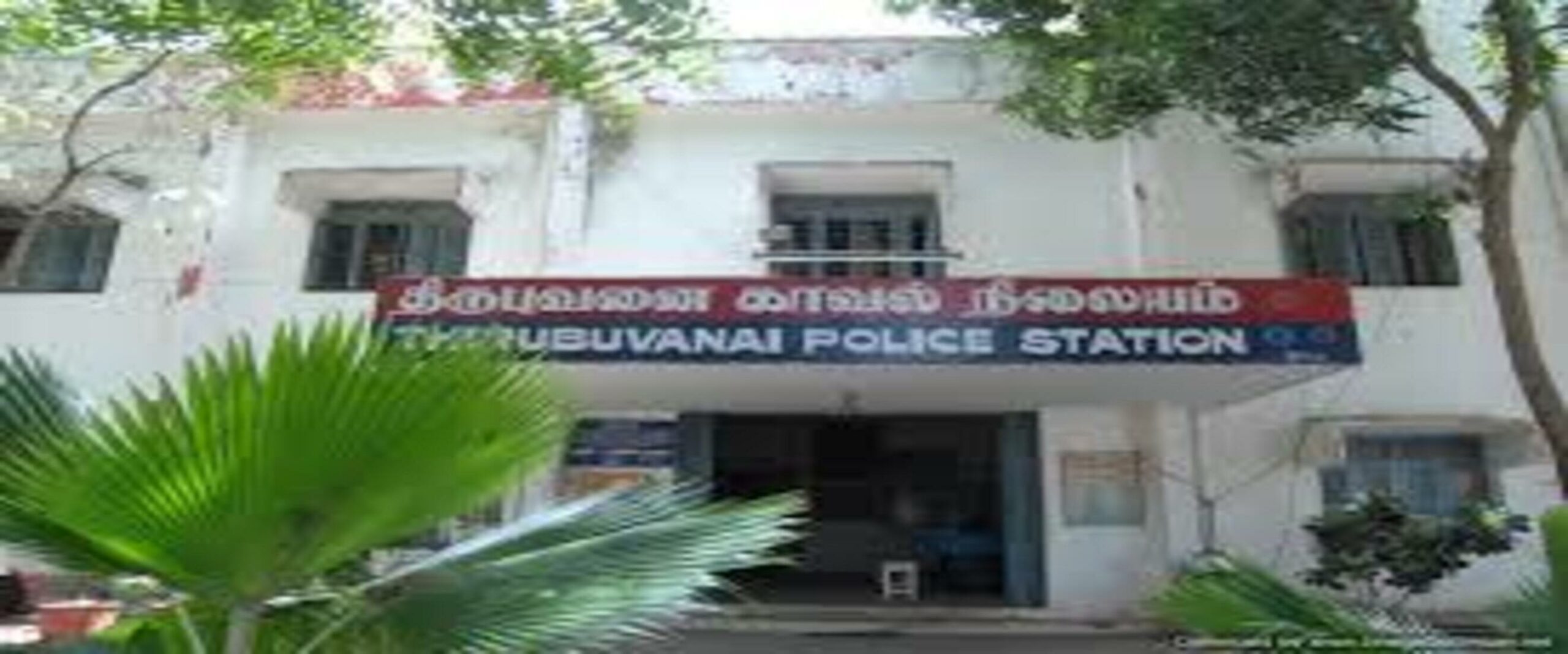Analysis
Monitoring Custodial Violence
Abhishek Manu Singhvi files application before Supreme Court urging the Court to revisit the issue of custodial violence in India.

On July 13th 2020 Sr. Adv. Abhishek Manu Singhvi filed a miscellaneous application before the Supreme Court in Dilip K. Basu v State of West Bengal (‘DK Basu‘). Singhvi asserts that the Supreme Court must revisit the issue of custodial violence in India.
What is the DK Basu case about?
In 1986 the Chairman of a non-profit organisation, Legal Aid Services, wrote a letter to the Chief Justice of India and attached newspaper articles demonstrating custodial deaths – the Court treated this as a writ petition. A year later, a similar letter highlighting instances of deaths in police custody was tagged along and the Supreme Court decided to hear these issues together in Dilip K. Basu v State of West Bengal. This case became a bedrock for developing ‘custodial jurisprudence’ in India.
The Court delivered the main judgment in 1996 and laid down a legal framework to prevent custodial violence and death. It issued eleven directions that would govern arrests/detention, in addition to the then-existing constitutional or statutory provisions. The directions included:
- Police personnel involved in arrests and interrogation must bear visible and clear identification with their name and designations. These details must be further recorded in a registry.
- The officer conducting the arrest must prepare a memo with details of time and date of arrest – this memo should have the signature of the arrestee and of either the arrestee’s family member or ‘respectable person’ from the locality of the arrest.
- Details of the person’s arrest must be shared with his/her friend of the family.
- If the friend/relative of the arrestee resides outside the area of the police station, the police should communicate the details of the arrest within 8-12 hours.
- The arrestee must clearly be communicated of his/her right to have his/her friend or relative informed of the arrest.
- The police must enter in the diary details of the arrestee and communication to his/her relative or friend.
- At the time of the arrest, the arrestee must be inspected and if he/she bears any injuries this must be recorded in an ‘inspection memo’.
- The arrestee must be taken for medical examination every 48 hours of his/her detention.
- The copies of all documents referred in above must be sent to the magistrate.
- The arrestee may meet with his/her lawyer during the interrogation.
- The details of the arrest must be communicated to a police control room within 12 hours of the arrest and the control room should display details of the arrest in the notice board.
Flouting these guidelines would attract departmental enquiry and contempt of court proceedings. Additionally, this judgment also established a case for awarding pecuniary compensation to the victims/their family in case of fundamental right infringement by the police. Since 1996, the Court, in this case, has issued over ten orders and judgments. The Court issued the latest and final judgment in 2015 where it expanded on the 11 directions and added 9 additional requirements including mandating the installation of CCTV cameras in the police stations and presence of women constables.

Image for representational purposes only. | Image Credits: Amanidian
The 2020 Application
Sr. Adv. Abhishek Manu Singhvi had been the Amicus Curiae in the DK Basu case. In that capacity, he has filed the latest application seeking the Court to further intervene to prevent custodial violence. Mr Singhvi relied on the NHRC Annual Reports and Crime in India Statistics Reports illustrating increasing instances of custodial violence and death and its attached impunity.
In his application, he also relies on the recent deaths of P. Jayaraj, Bennix and Vikas Dubey. However, Singhvi caveats this reference by noting that his application was not limited to or inspired by these incidents. The application, instead, supposes to be ‘an attempt to further expand and enhance the institutional framework for minimizing custodial death and custodial torture, provide intrinsic and substantial safeguard to citizens and public to minimize such transgressions; and ensure a reform that is case neutral, event neutral and state neutral and focusses on issues, principles of human and civil rights, safeguards and methodologies’.
According to the Supreme Court of India’s website, the DK Basu case was disposed of with the 2015 judgment. Now with Singhvi’s application, it would be interesting to see what procedural justification the Court would invoke if it decides to revisit this case.
